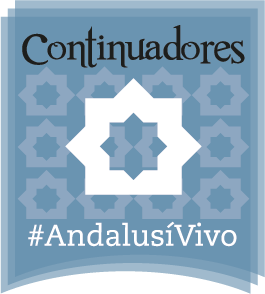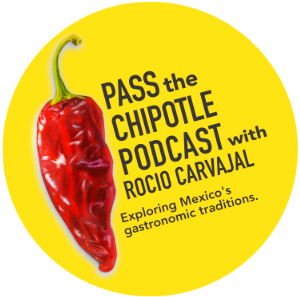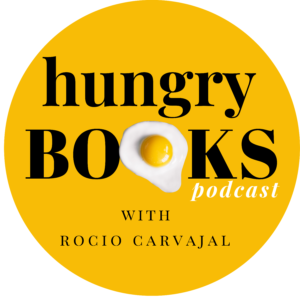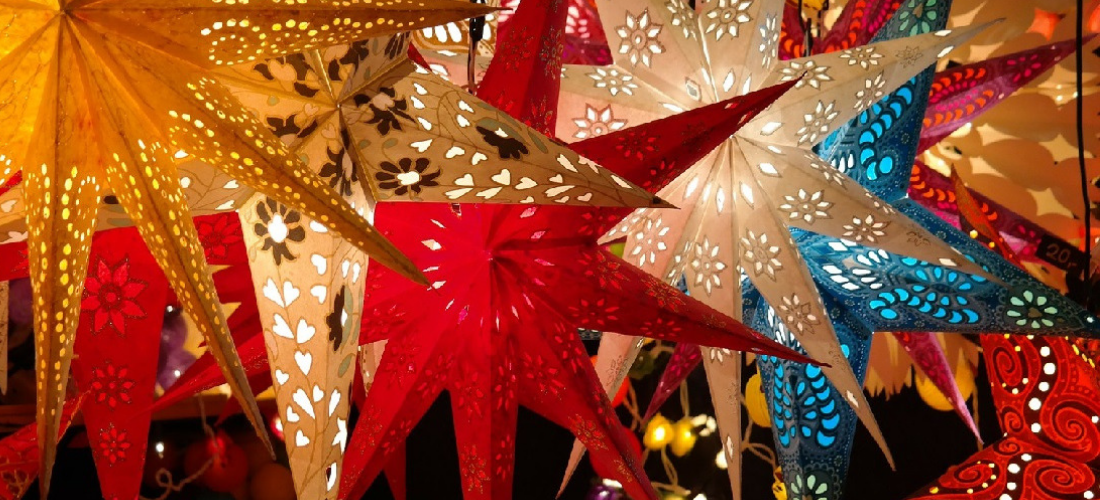
The conversion of the indigenous population into Christianism was one of the priorities of the colonial government in the New World, the economic and political reasons behind it were that Rome was the largest financier of Spain’s colonial expansion, the reality of this process is that the relationship between the native population and the priests, nuns and friars was highly complex and more often than not hostile and volatile, a particularly significant added challenge was the language barrier, while at the time in Spain only a few dialects were spoken besides Castilian or “Spanish” as it is commonly called, Mexico had dozens of regional languages and dialects.
Evangelists soon resolved to implement alternative didactic methods such as re-enactments, rhyming chants, dances and relying on descriptive religious paintings as a teaching tool, and even an unprecedented and deliberate effort to incorporate certain indigenous rites and practices with a Christian makeover to facilitate adoption of the new religion.
This set a difficult challenge to the catholic missionaries who opted for a more organic syncretism of practices rather than implementing a suppression/imposition approach, a well documented case of this effort is that of Friar Pedro de Gante who arrived in 1523 to New Spain, and was responsible for innovating the church’s methods of conversion, by allowing a rather flexible and more tolerant mix of pagan and Christian traditions, an example of that was the introduction of chants, dances, and prayers in Castilian and indigenous languages, music and specifically the inclusion of traditional indigenous instruments was also particularly ground- breaking at the time.
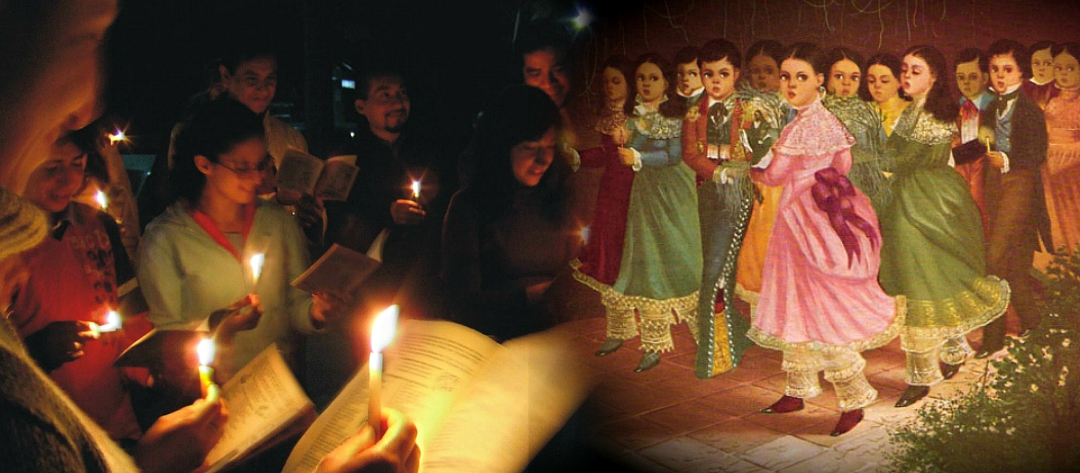
Mexican posada.
Since colonial times, in Mexico, Christmas-related celebrations begin on December 16, during these nine days ahead of every evening a posada is celebrated. This tradition is a re-enactment of the days of Advent when the Virgin Mary and Joseph were travelling from house to house asking for a room for the night, the re-enactment consists in forming two groups to roleplay the innkeepers and the other the Holy Family who will form a procession on the street, holding candles in lampshades, exchanging verses and chants with the other group that’s inside the house where the posada is taking place.
Often two volunteers will dress up as the Virgin Mary and Joseph and the rest as peasants, the exchange of verses reaches the end when the innkeepers finally agree to welcome the Holy Family and all sing praises while hot fruit punch is served to warm up those who have been outside and little bags or baskets with sweet treats called aguinaldos are gifted to each guest. The most anticipated moment is the breaking of a star- shaped piñata, which takes place at the end of the evening, each guest has a chance at trying to break it while the rest chant songs to guide and encourage the blind-folded participant to hit the piñata. The earliest historical record of these 9 days of prayers and celebrations is from 1587 in a document sent to Pope Sixtus V by Friar Diego de Soria from the Augustinian monastery in Acolman in today’s Mexico City, requesting a permit to carry on these celebrations.
Mexican piñatas had a specific cultural purpose and religious role to play during these holidays, its history reflects the cultural impact of the hyper globalised world that the colonial period went from the 16th to the century 18th century. Cultural historians have identified that is very likely that Marco Polo might have introduced a similar concept to that of modern-day piñatas, in his accounts, he mentions a Chinese tradition of making clay figurines in the shape of oxen and cows filled with seeds as part of the harvest festivals during the Ming dynasty, as well as festive paper lanterns, perhaps these anecdotes inspired the appearance of similar objects during certain festivals across several European countries including Spain during the 16th century, it is no surprise then, that Catholic missionaries took inspiration in this concept to create a religious metaphor, you see, traditional seven-point star piñatas represent the seven capital sins, the clay pots that are the structure of piñatas were filled with fruits, seeds and treats representing the heavenly rewards for defeating sinful temptations.
Breaking a piñata requires the participation of all the guests as one by one every person has its turn at trying to break the piñata as the rest chant a special song and try to guide the person into hitting the piñata while disoriented and blindfolded, this allegory portrays how blind faith and perseverance will be generously rewarded. Although authentic Christmas-Mexican piñatas are star-shaped it is also common nowadays to buy “fantasy piñatas” in the shape of cartoon characters, curiously enough donkey-shaped piñatas are complete fabrication that to this day bewilders Mexicans who simply them as an American interpretation.
Posadas are a festive-religious yet secular party where people recreate the pilgrimage to Bethlehem using figurines of the holy family (of a nativity set). The guests are divided in two groups, one carrying the nativity remaining outside of the hosting house and the rest remain inside acting like grumpy home owners who refuse to offer accommodation.
As you can see, the history of piñatas is as baroque as Mexico’s cuisine in the sense that it’s a direct product of the colonial global commerce and cultural exchange and like the food, is incredibly charged with symbolisms and religious and spiritual allusions. Once the piñata is broken, treats gathered and all spirits lifted a late buffet dinner is enjoyed, usually tostadas, quesadillas, crisp tacos sandwiches and hot fruit punch is offered and at the very end of the posada as the guests are leaving the hosts offer an aguinaldo which consists of a little bag or basket containing sweets, biscuits and treats.
This article is an excerpt from the Mexican Fiestas issue of SABOR! This is Mexican food magazine. Read more about it here:







